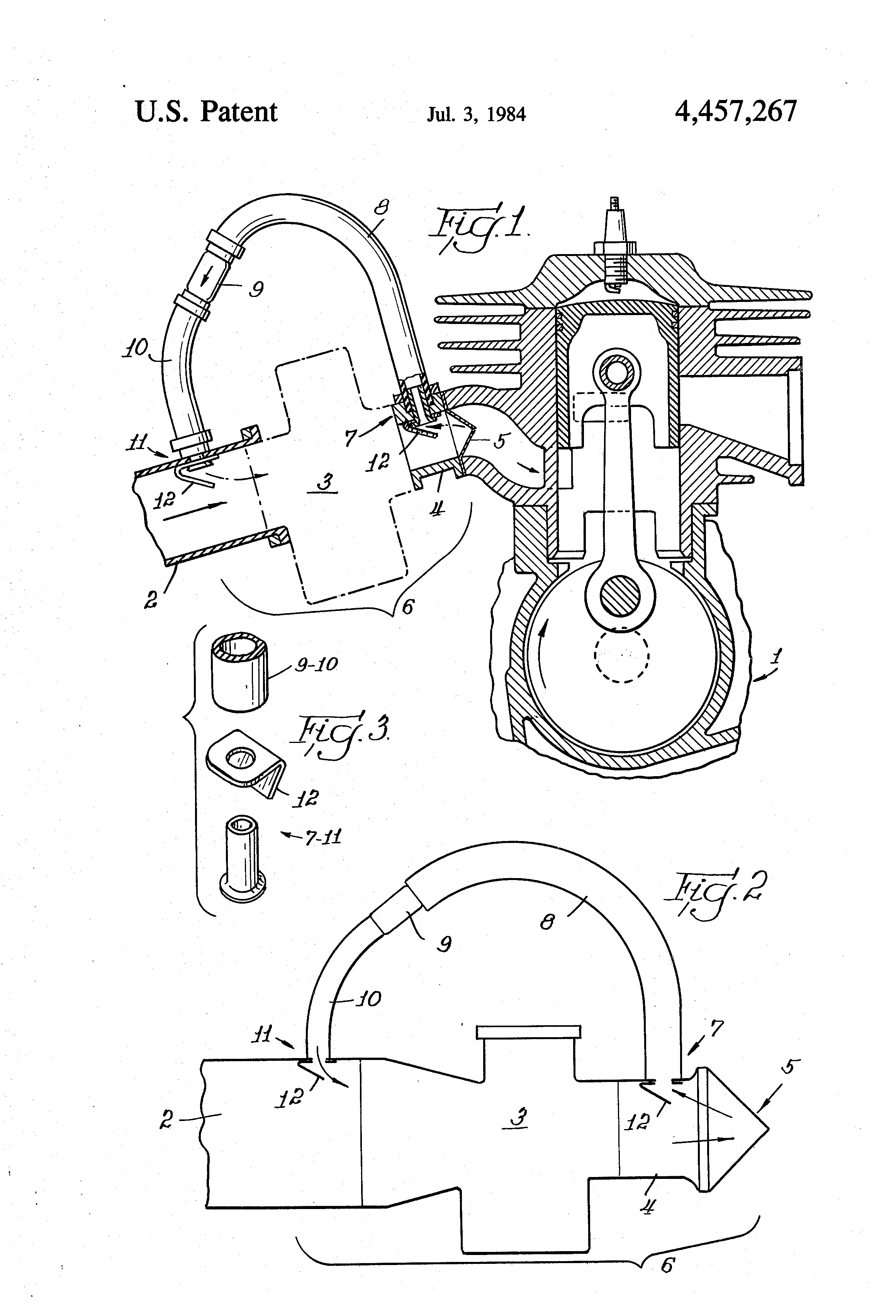Reeds have a significant amount of intake reversion, certainly much less than any piston port design, but it's still there.
Intake volumes, reed design, crankcase compression ratios are among the many compromises that an engine designer has to balance. Yamaha made a compromise in a certain area in the boost bottle days. The lack of boost bottles in production or the aftermarket should give you an idea of what engine designers generally think about the value of that particular compromise given the current understanding of engine design variables.

